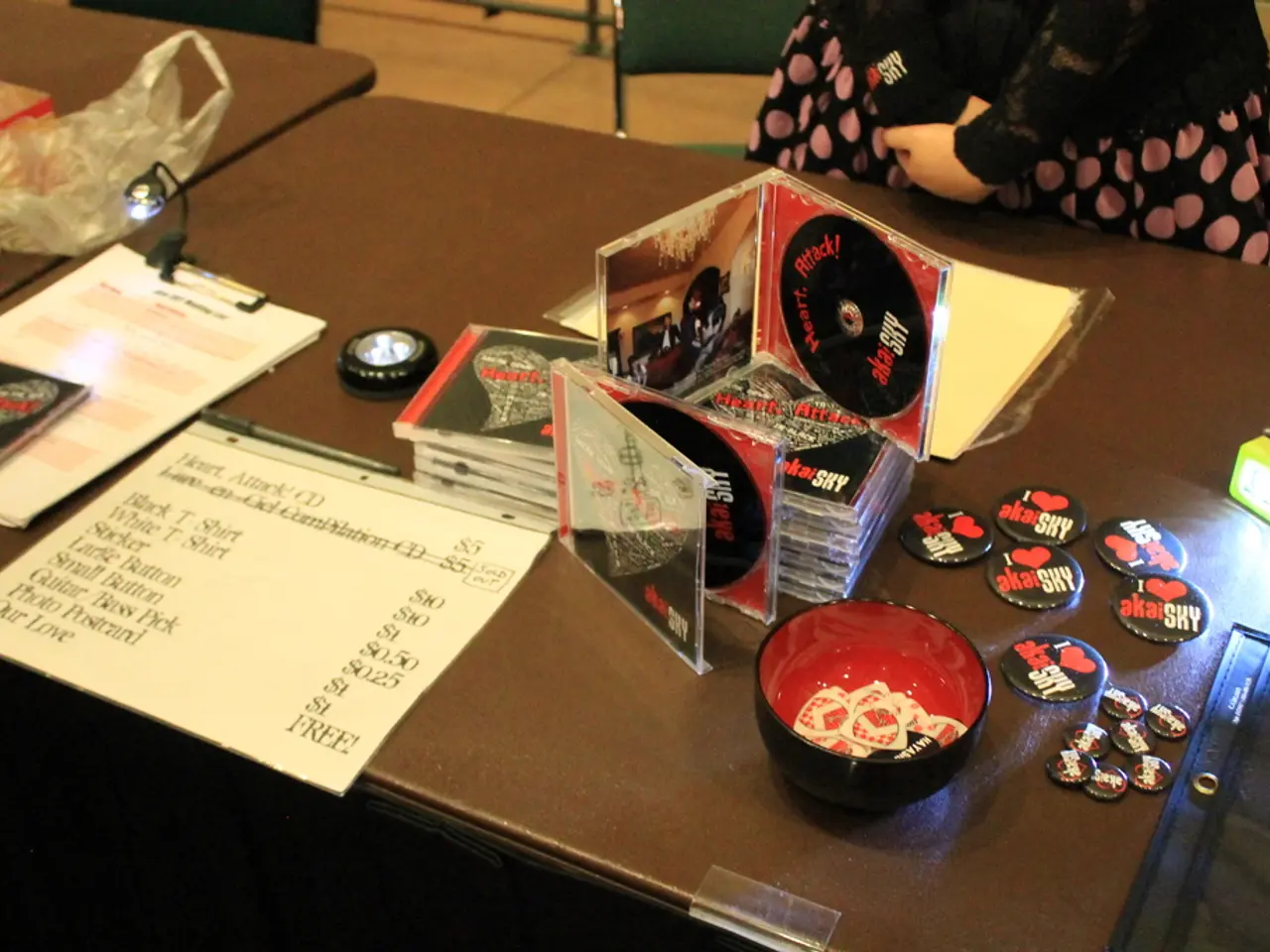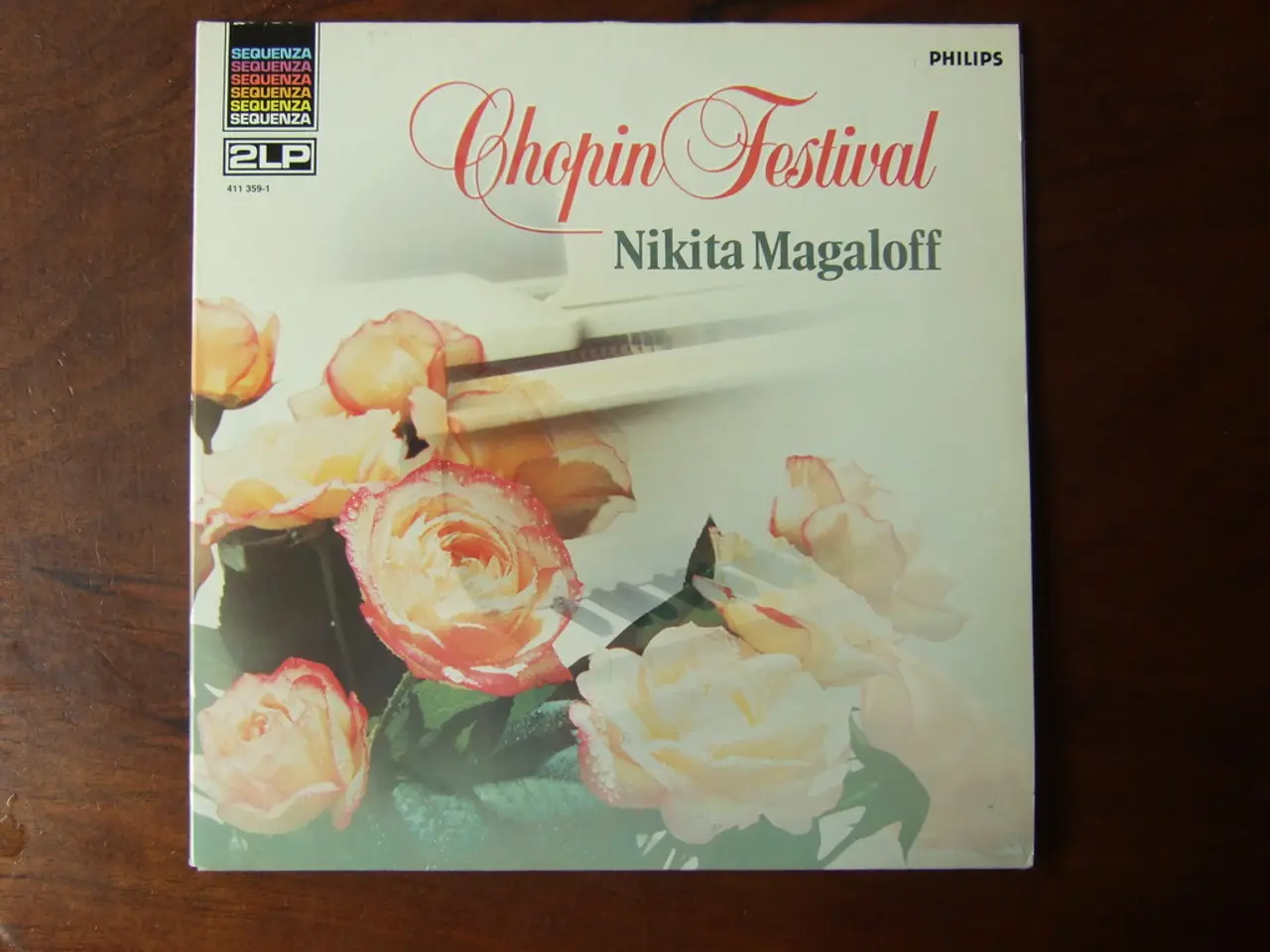Insight: Executive Neil Gibbons, COO of Key Production, discusses the ongoing resurgence of physical music sales
In the world of music, there's a growing trend that's turning heads - a resurgence in the demand for physical music formats, particularly vinyl records. This revival is evident in the numbers reported by Key Production, a leading vinyl compound supplier, which has experienced a significant 50% increase in vinyl orders this year [1].
Despite recent BPI figures indicating a wobble in vinyl sales for 2025 [2], Neil Gibbons, the COO of Key Production, encourages us to "look beyond the headline figures." Gibbons points out that the industry should focus on the full picture, acknowledging that quarterly fluctuations and the timing of major physical releases by prominent artists can influence sales data [1].
This optimism is supported by the success of Record Store Day 2025, which delivered the best weekly sales for indie retailers in three decades [3]. Furthermore, the number of participating Record Store Day stores increased to 278 this year [4].
The appeal of owning physical music is not limited to a specific age group or genre. Censuswide research shows that 80% of fans buy physical music to support the artist [5], indicating a cultural shift towards valuing the tangible experience of owning something real.
CDs, too, remain a robust format, especially for smaller artists. Their lower entry cost and ease of transport make them an attractive option for many [6]. In fact, one of the European vinyl compound suppliers reported a 16% year-on-year increase and substantial incoming orders [7].
Rough Trade, a renowned name in the music industry, announced an expanded partnership with John Lewis, featuring a curated vinyl range in 23 stores [8]. This collaboration underscores the growing interest in physical music formats and the desire for a more personal, tangible music experience.
Looking ahead, Q2 statistics have raised questions about the appetite for physical music formats. However, Gibbons remains optimistic, citing strong orders for Q3, Q4 2025, and into early 2026 [1]. Oasis, for instance, currently have five pop-up stores in the UK and one in Dublin [9], while HMV reopened their flagship record store on Oxford Street only 18 months ago [10].
As we navigate through the rest of 2025 and into 2026, it seems that the trend towards physical music formats is here to stay. The continued growth in vinyl orders, the success of Record Store Day, and the expanding partnerships between music retailers and stores like John Lewis all point towards a market that is not only expanding but also maturing.
The finance sector is benefiting from the resurgence in vinyl sales, as demonstrated by the 50% increase in vinyl orders reported by Key Production, a leading vinyl compound supplier [1]. The business landscape of the entertainment industry is being influenced by this trend, with the appeal of owning physical music formats not being limited to a specific age group or genre [5].




